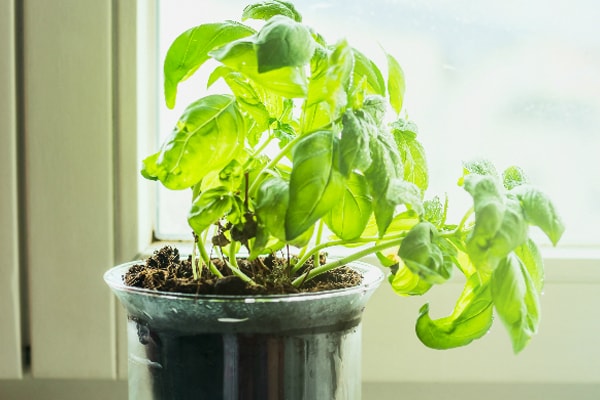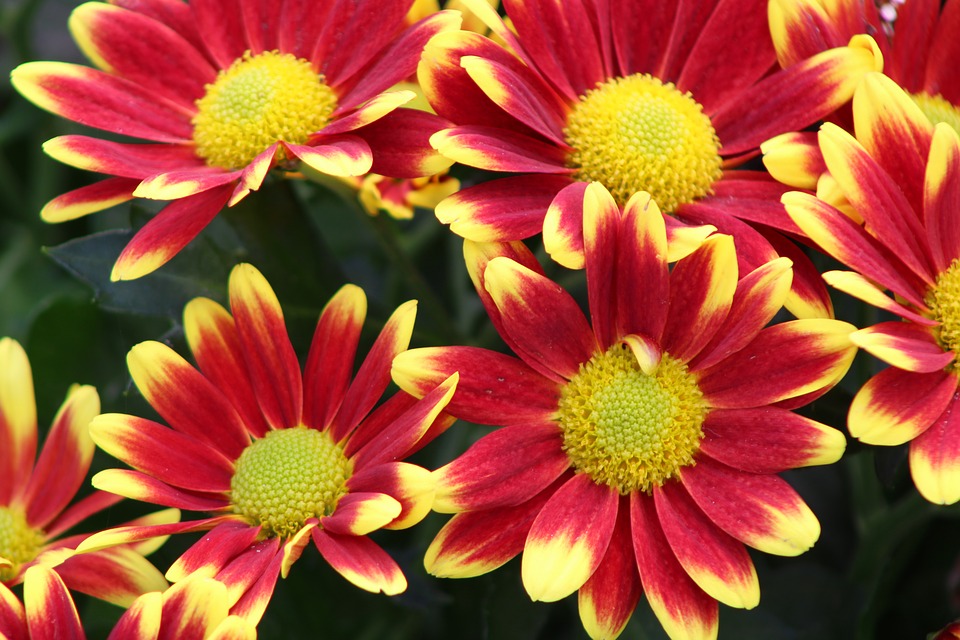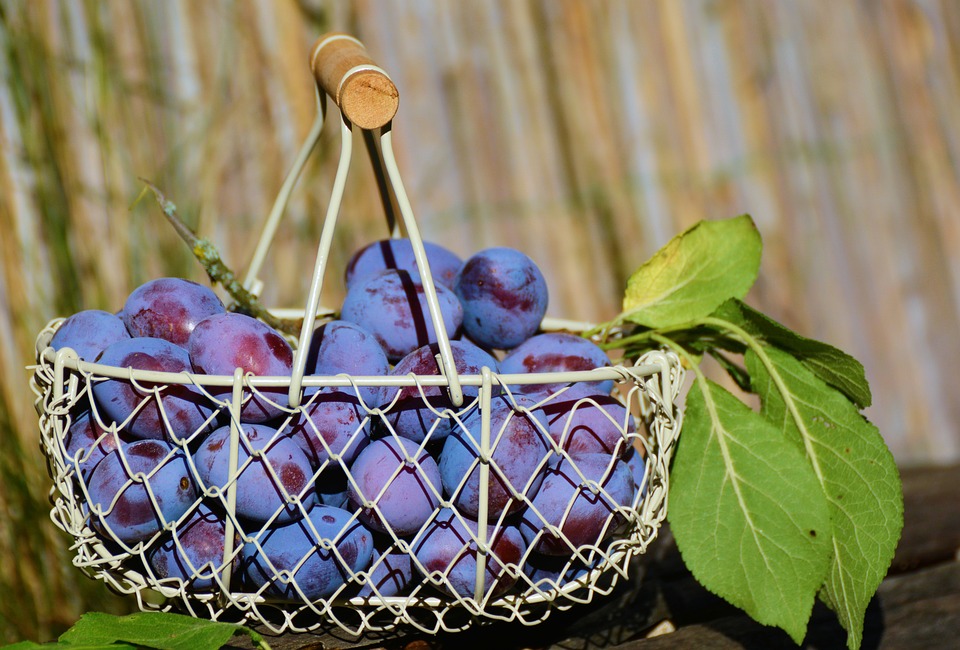Keeping houseplants alive is sometimes very difficult. Each plant has its own needs for water and light, so it is easy to tell if something is wrong. One will droop, and the other will discolor. But what happens when a leaf suddenly curls up? What does it mean, and what can we do about it?
Why Do Leaves Curl Up?
1) Too Little Water
Houseplants can curl their leaves if they do not get enough water. This is because when the leaves curl, less water evaporates. By sticking your finger in the soil, you can check to see if the plant needs more water. If it feels too dry, the plant needs water. Are you unsure? If the soil sticks to your finger, it is still very wet. If your fingers hardly get dirty, the plant needs water.
2) Excessive Light
Is the moisture level okay? If so, the plant may be getting too much light. Actually, not all plants can tolerate direct sunlight. To protect themselves, they curl up their leaves to provide more shade. In this case, place the plant out of direct sunlight.
3) Presence of Aphids
Unfortunately, aphids can be a problem. These insects suck up all the moisture from the plant, causing it to dry out. You can purchase a particular insecticide to combat aphids or prepare a mixture of water and detergent.
4) Nutrient Deficiencies
You probably know that nitrogen is essential for leaves producing chlorophyll (the green pigment) and photosynthesis.
Simply put, nitrogen is an essential nutrient for leaf health, and its deficiency causes several leaf problems.
Nitrogen deficiency causes nitrogen stored in the old or basal leaves to be used to meet the demands of the new leaves. This creates a vacuum in the old leaves, which begin to curl up.
If a plant’s leaves turn yellow and eventually brown, that is the end of the plant’s life. However, this can be avoided.
When preparing for fruiting, plants need a lot of nitrogen, and you can see why. Amino acid supplements are a good idea because amino acids are responsible for protein to help the plant take in more nitrogen.

5) Overwatering
If the potting soil remains waterlogged for too long, the leaves may curl up, and the roots may rot. Always allow the first 1 to 2 cm (2.5 to 5 cm) of soil to dry out to prevent the leaves from curling due to over-soaking. Always use pots with drainage holes. Drain water thoroughly after watering, and do not leave potted plants in water for long periods.
6) Heat Stress
Symptom: Even when the lights are off, the edges of the leaves curl inward and become cupped. The upper leaves are most affected.
Cause: Heat stress causes water to evaporate faster, so the plant curls up to conserve moisture. Plants that are too close to high-intensity lighting are more susceptible to heat stress, but this can be a problem in rooms with temperatures over 80°F.
Quick remedy: Install fans to exhaust hot air and supply fresh air.
Prevention: Monitor temperatures not only in the room but also around the tops of the plants. Always provide ventilation and allow enough space between plants and lighting.
7) Repot the Plant
If you don’t notice any of the above, it may be time to repot the plant. For example, the potting soil may contain something that prevents the roots from absorbing enough water. This problem can be solved quickly with fresh soil.
Let us know if these few tips have helped you in the comments below!



